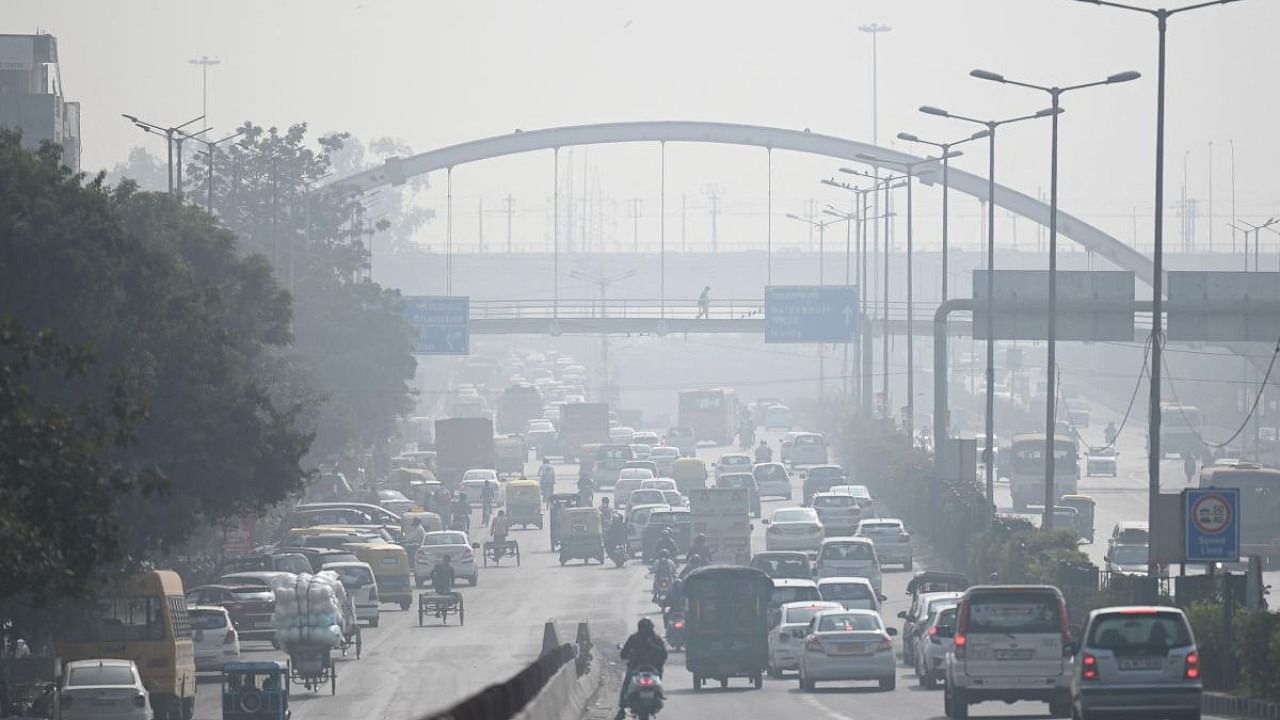
With the Delhi-National Capital Region to remain under a blanket of toxic smog at least for the next four days, a high-powered central panel has ordered closure of six out of 11 thermal power plants within 300 mt of Delhi besides immediate shutting down schools and colleges in Delhi and its five satellite towns.
The Commission for Air Quality Management asked the governments of Delhi, Uttar Pradesh, Haryana and Rajasthan to allow 50% of its staff located within the NCR to work from home besides asking the states to encourage private companies to follow the same practice.
These are some of the air pollution control measures mandated by the commission following an eight hour long meeting held on Tuesday at the behest of the Supreme Court that asked the governments to come out with an action plan to tackle the noxious smog choking the capital and its surroundings.
Also read: Delhi air pollution: States brainstorm on emergency measures, to inform SC about decision
The Department of Personnel, however, asked the government employees to use public transport and pool their cars to reach office rather than working from home.
India Meteorological Department officials informed the commission that weather conditions are unlikely to improve till November 21 due to “poor ventilation index” because of which the air quality index of the NCR cities will vary between “severe” and “very poor”.
The air quality index prepared by the Central Pollution Control Board on Wednesday afternoon showed very poor AQI for Delhi (375 in a scale of 500), Faridabad (378), Ghaziabad (361), Greater Noida (362), Gurugram (344) and Noida (356).
A second AQI prepared by SAFAR – an air quality monitoring platform created by the Ministry of Earth Sciences – also came up with similar figures for Delhi (362) and Gurugram (334) but found Noida in the severe category with an AQI of 454.
“The AQI will remain the same for the next two days as transport level winds are coming from the east, preventing intrusion of pollutants from the upwind region. Local surface winds are low and mixing layer height is about one km resulting in poor ventilation of near surface pollutants. From November 20th onwards surface winds are likely to be strong resulting in effective dispersion that improves air quality,” SAFAR said in a forecast note.
The effective farm fire count is 2,643 and its contribution to Delhi’s PM2.5 load on Wednesday is 6%. But contribution from stubble burning was as high as 48% earlier this month when more than 5,000 fire counts were recorded daily.
Other emergency measures for Delhi-NCR includes stopping trucks to enter Delhi till Nov 21 unless they are carrying essential commodities, halting constructions except those in the railways, airport, metro and defence services, and a strict ban on the use of DG except for emergencies.
Check out the latest videos from DH:
